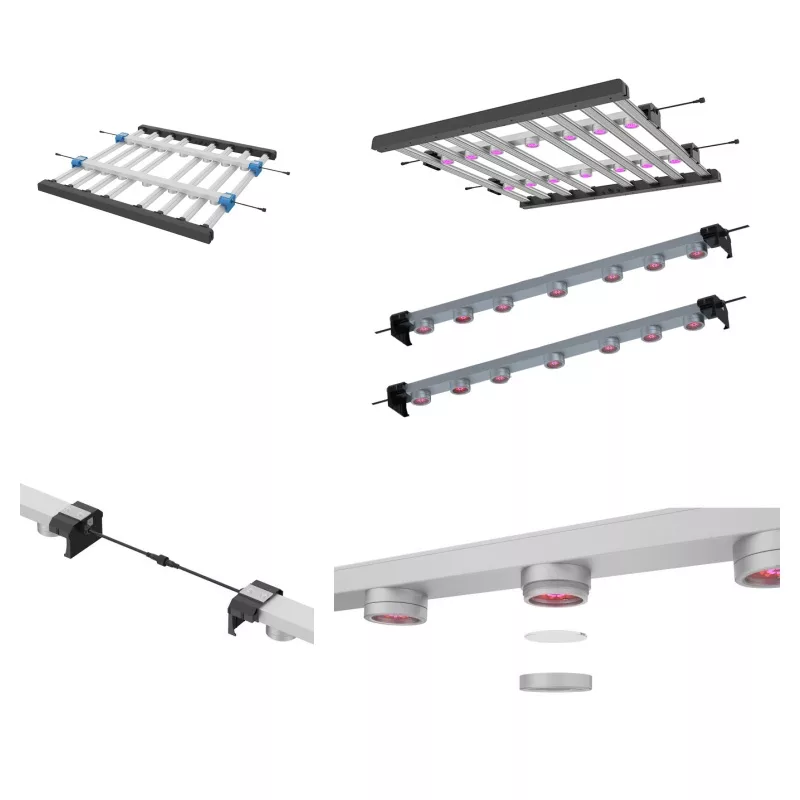When using UV light on plants, it is important to exercise caution and not leave the lights on continuously for extended periods. UV light can be harmful to plants if overexposed, as it can cause damage to the plant's DNA and lead to stress or burn. Generally, UV light should be used in moderation and in specific intervals. The duration and frequency will depend on the specific needs of the plants and the type of UV light being used. It is recommended to consult the manufacturer's instructions or seek advice from a horticulturist or plant expert to determine the appropriate exposure time for your plants.
In most cases, a few minutes of exposure to UV light, once or twice a day, can provide sufficient benefits without causing harm. This can be adjusted based on the plant's response and tolerance to UV light. Monitoring the plants closely for any signs of stress or damage is crucial, and adjustments should be made accordingly.
It's important to note that not all plants require UV light for growth. Some plants may benefit from UV light exposure, especially those that naturally grow in environments with higher UV levels, while others may not require it at all. Understanding the specific needs of your plants and their tolerance to UV light is essential for proper and safe usage.

The optimal duration for UV light exposure on plants
Plant type: Different plants have varying tolerances and requirements for UV light. Some, like succulents and cacti, thrive under moderate UV exposure, while others, like shade-loving plants, can be easily damaged by it.
UV light intensity: The intensity of the UV light source you're using plays a crucial role. Higher intensity lights require shorter exposure times to avoid harm.
Growth stage: Young seedlings and delicate plants are generally more sensitive to UV light than mature ones.
General guideline for UV light exposure on plants
Start with low doses: Begin with 1-2 hours of UV light exposure per day, gradually increasing the duration by 15-30 minutes every few days as your plants acclimate.
Monitor your plants: Closely observe your plants for any signs of stress, such as leaf burning, wilting, or discoloration. If you notice any negative effects, reduce the exposure time or intensity.
Consider the time of day: Exposing plants to UV light during the midday hours, when natural sunlight is strongest, can be more stressful for them. Consider using UV lights in the morning or evening instead.
Supplement with other light sources: UV light alone is not sufficient for optimal plant growth. Ensure your plants receive adequate amounts of visible light as well, typically 12-16 hours per day.
Some additional tips for using UV lights on plants
Use the appropriate type of UV light: For growing plants, UVA and UVB lights are generally preferred over UVC, which is primarily used for sterilization.
Position the lights correctly: Place the UV lights at an appropriate distance from your plants, following the manufacturer's recommendations.
Provide ventilation: Ensure adequate air circulation around your plants to prevent overheating.
Take breaks: Consider giving your plants breaks from UV light exposure every few days, especially if they are young or sensitive.
By following these guidelines and closely monitoring your plants, you can safely and effectively use UV lights to enhance their growth and development.
Article recommendation
